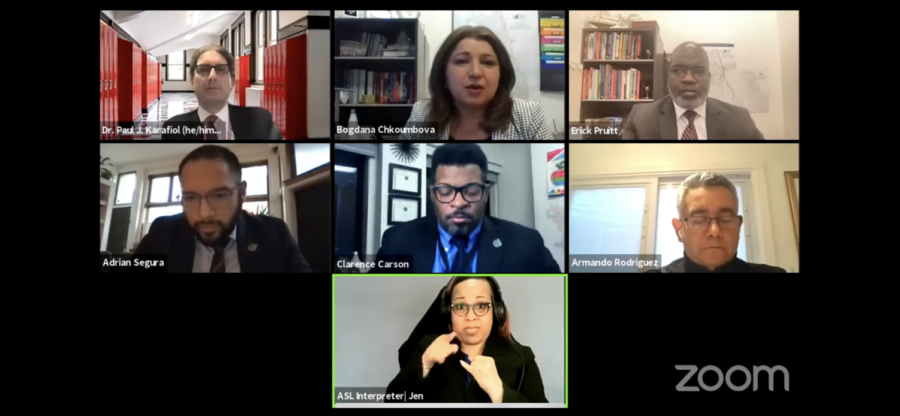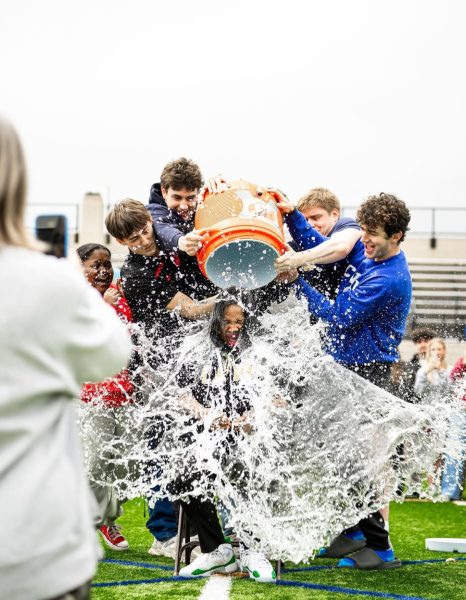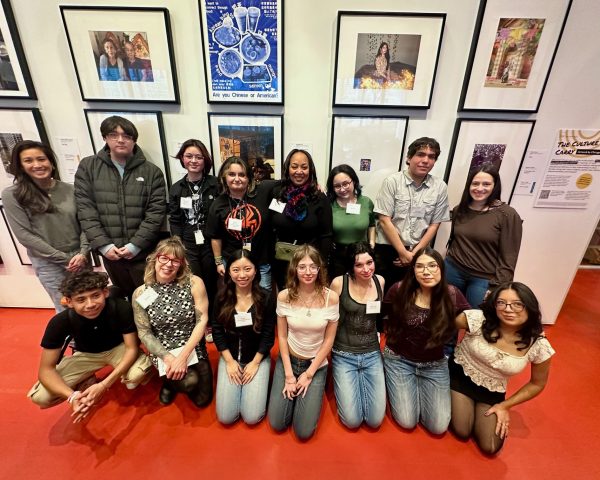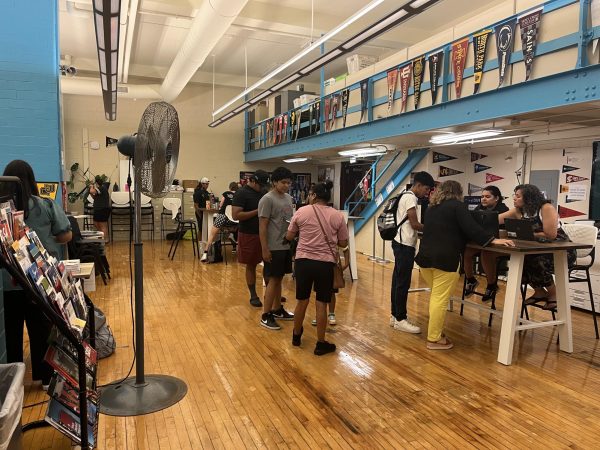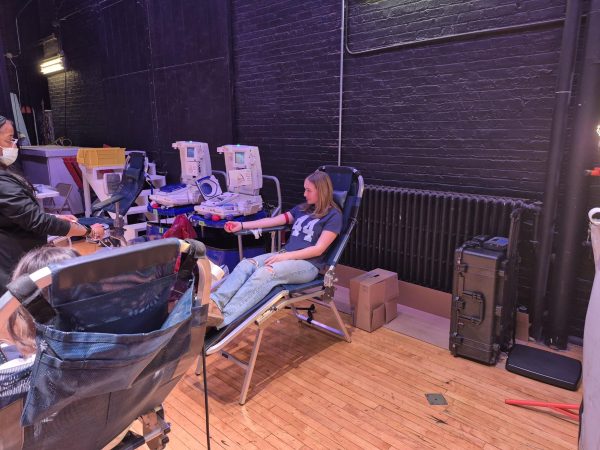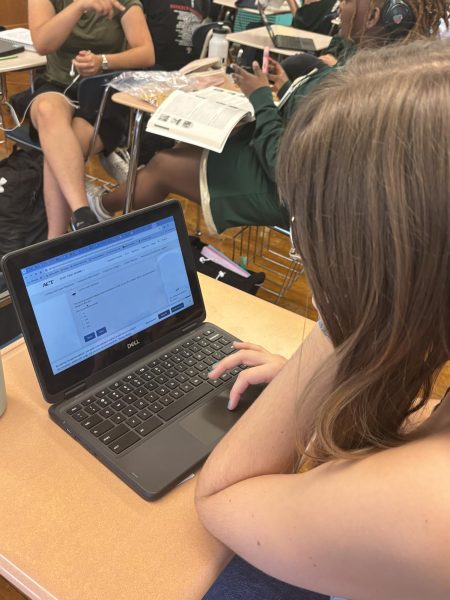CPS offers new information on high school reopening
A screenshot from the March 17 town hall. From top left: Lake View High School principal Dr. Paul Karafiol, Chief Schools Officer Bogdana Chkoumbova, Deputy Chief of High Schools Erick Pruitt, CPS Representative Adrian Segura, Chief of Facilities Clarence Carson, Sarah E. Goode STEM Academy principal Armando Rodriguez, and a Sign Language Interpreter. (CPS)
CPS hosted a second high school town hall for the most up-to-date information on high schools going back in-person. The Wednesday meeting on March 17 was scheduled as a makeup meeting for attendees of the previous March 10 town hall who found difficulty entering because of faulty Zoom links.
CPS executives, officers and principals conveyed new information to help students and staff stay safe with a new disinfection plan including 400 more janitors, a testing plan including a partnership with a testing company, and insight into internet problems they’ve had with elementary schools, which they plan to fix at the high school level.
One of the most significant revelations to be disclosed was that each school would have a tailored plan. Each school has to come up with its own plan that fits its needs based on school size and the number of students returning, which will be determined based on the opt-in form due Tuesday, March 23, that was originally due Friday, March 19, but CPS pushed back the deadline.
Officials stressed the importance of filling out the form as it will help individual high schools come up with a more detailed plan for reopening.
Dr. Kenneth Fox, Chief Health Officer, offered new numbers on CPS vaccines.
“As of March 16, the district has offered vaccination opportunities to all employees. Over 5,600 employees have been vaccinated,” Fox said.
This is a 1,600 person increase from the number of employees that were said to be vaccinated at last week’s town hall. CPS has 39,435 employees including teachers, janitors, cafeteria workers and more. On March 16, vaccination was offered to all employees. Before this date, it was only offered to teachers. Panelists reiterated that CPS does not have the full numbers on how many of their employees have been vaccinated, only on the number that have been vaccinated at CPS sites.
Fox was unable to offer information on student vaccination, as there is no way for CPS to procure this data under the guidelines of the Chicago Department of Health and the State’s Department of Public Health. CPS is currently only able to offer the Moderna vaccine, which is only approved for people 18 and up, or in other words, adult CPS employees. CPS Director of Strategy Lauren Feldman directed attendees to check with their doctor on whether students are eligible for the Pfizer vaccine (which is approved for people age 16 and up), per Chicago’s vaccination plan.
To help keep their number of cases low, CPS has come up with a new disinfection program. Clarence Carson, Chief Facilities Officer, said the new program will have an additional 400 custodians that are to be moved around different schools to fit how many students are present. Neighborhoods with high positivity rates would have access to more custodians, Carson said.
Deputy Chief Dr. Erick Pruitt spoke on the importance of having student voices heard within the process of reopening. He mentioned a student strategic advisory team (SSAT) that will present information from their peers to the high school reopening task force. CPS will organize town halls just for high school students and a student-only survey where they can share their thoughts. There will also be student-led focus groups as a way for individual students to bring up concerns to their respective high school administrators.
Both Principal Armando Rodriguez of Sarah E. Goode STEM Academy and Principal Paul J. Karafiol of Lake View High School brought up specific issues on the transition back to school. One of those topics, a popular question among attendees, was how lunch would work.
“Here at Goode, we are planning to have staggered lunches so that way everybody is not at the same time in the lunchroom,” Rodriguez said.
They also elaborated on how they were preparing their respective schools for the new students who had not been in the building before.
“One of the things that we are doing in our school is we are preparing a series of videos that we can present to the students prior to coming to the building so that way they can have an idea,” Rodriguez said. “Once we start back in-person, we are going to do our traditional tour so that way they can see the building in a safe manner.”
Many parents had questions as to how CPS schools would give a proper introduction to their new students. Karafiol said Lake View High School would implement a different schedule for the first week of school so teachers can spend more time talking with students about logistics.
“We’re giving every kid an actual introduction to the school,” Karafiol said.
A popular question was how masking was going to be enforced in the high schools to which Karafiol and Rodriguez brought up their success with student-athletes.
“With our student-athletes and people in the building, people are so glad to be around other humans that [masking] hasn’t been much of a problem,” Karafiol said.
Because of this, Karafiol and Rodriguez said they believe that masking will not be an issue when more students return back to school for in-person learning.
CPS also aims to keep case numbers low through the use of voluntary surveillance testing.
“People give their consent to be tested; you can’t force someone to be tested. We can’t mandate testing, but we can randomly select students from the pool of those who have agreed for their child to be tested,” Fox said.
CPS will offer tests to 25% of students and to 100% of in-person staff, in the ten zip codes with the highest COVID-19 case rates, as reported by the Chicago Department of Public Health. For the staff members not in those ten zip codes, CPS will offer tests to 50% of in-person staff (an increase from the previous 25%).
The district has also finalized a deal with health company BioReference laboratories to supply PCR COVID-19 tests, the same company that supplies the New York City Public Schools. Data pertaining to the results of COVID tests and collections can be accessed at https://www.cps.edu/school-reopening/.
An attendee by the name of J Leslie asked what the district has done to improve what they claimed were tech failures and crashes “seen during the ES [Elementary School] reopening.” The attendee claimed that online health screeners crashed, and school networks slowed to unusable speeds.
In response, CPS Chief Information officer Phillip DiBartolo said, “The district recently doubled internet capacity at every elementary school, and has not received widespread reports of tech failures. We [CPS] monitor bandwidth usage at every school and have not seen issues at the network traffic level to date…we have refined the guidance to schools around best practice and will continue to monitor traffic. The short-term performance with the online screener was unrelated to bandwidth and has been remedied.”
In the waning minutes of the town hall, Chief Schools officer Bogdana Chkoumbova acknowledged the frustration of many parents and attendees.
“I understand you’re eager to hear the details and specific plans for your child,” Chkoumbova said. “You’d like to know which days of the week they will be attending, what their teacher will be, and so many other details.” She once again pointed to the importance of the opt-in forms, saying that without that information, it’s “difficult for schools to implement specific scheduling, staffing assignments, and everything else.
“We understand you’d like to know everything really set,” she continued. “But the plans will be responsive and built around the number of students that are opting in within each of the buildings. … We are asking schools to set up times for individual town halls and sessions, once they build their individual plans.”
Your donations directly fund the Lane Tech student journalism program—covering essential costs like website hosting and technology not supported by our school or district. Your generosity empowers our student reporters to investigate, write, and publish impactful stories that matter to our school community.
This website is more than a publishing platform—it's an archive, a research tool, and a source of truth. Every dollar helps us preserve and grow this resource so future students can learn from and build on the work being done today.
Thank you for supporting the next generation of journalists at Lane Tech College Prep!
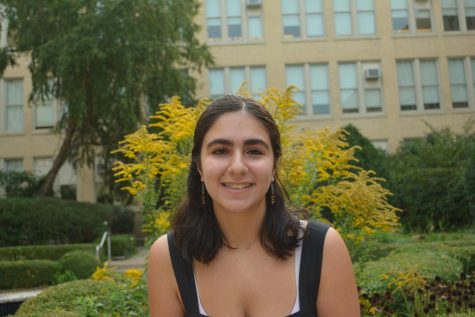
Mara is a senior and this is her second year with The Champion. A creator at heart, Mara loves to read and write stories. She also loves creating art and...
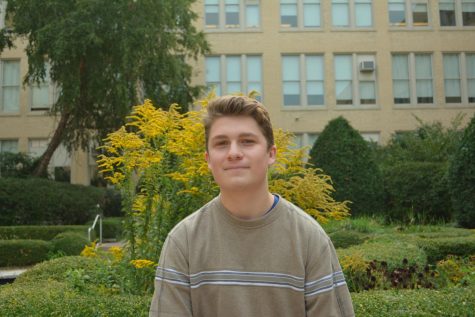
Aidan is a senior in his second year at the Champion. In his spare time, Aidan likes reading, watching and playing soccer and re-watching The Sopranos....

